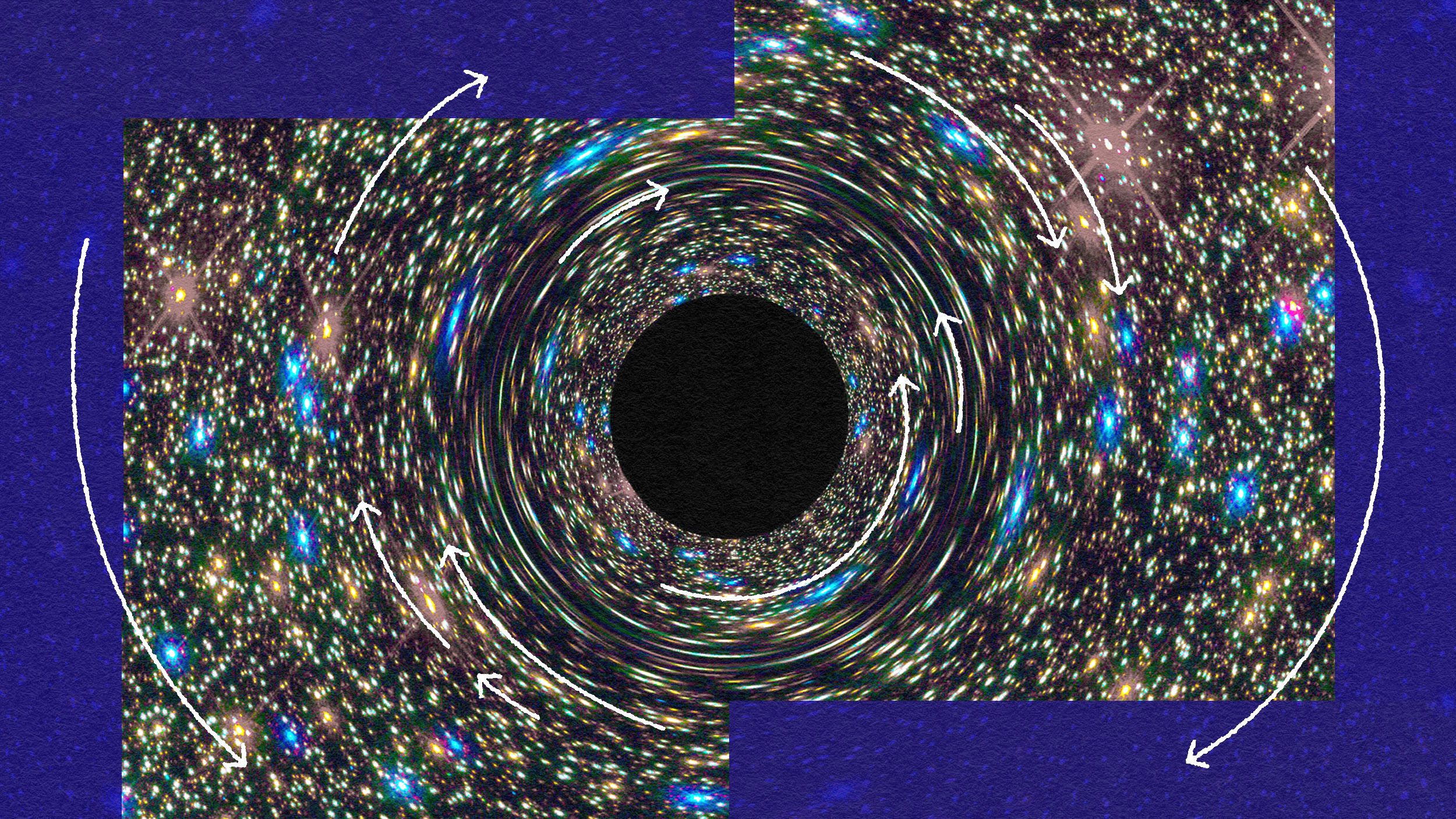Is Time Travel Possible? — Part II

As we mentioned in a previous post, Einstein himself was worried about the possibility that time travel was built into his General Theory of Relativity. In 1949, when his good friend Kurt Gödel showed that a rotating universe allowed for time travel, he was deeply worried.
Gödel, in fact, would pester astronomers visiting Princeton and ask if there was any sign that the universe was rotating. In Einstein’s writings, he finally concluded that time travel might be inherent in his equations, but they can be dismissed “on physical grounds,” i.e., they could not form using known physical mechanisms. In other words, the universe expanded, not rotated. So if the universe did rotate, then time travel might be an everyday occurrence. This argument holds even today. There are a large class of solutions of Einstein’s equations, but many can be dismissed “on physical grounds.” For example, in 1937, W.J. Van Stockum showed that a spinning cylinder that was infinitely long could satisfy all of Einstein’s equations. Decades later, it was shown that the Stockum solution actually allowed for time travel. If you danced around this cosmic Maypole fast enough, you could come back before you left. But again, “on physical grounds,” one can argue that cylinders can never be infinitely long, so this was just a mathematical curiosity.
Another solution allowing for time travel was found by Einstein himself, back in 1935, when he (and Nathan Rosen) introduced the wormhole. If you take the black hole solution (which looks like a funnel), cut off the end, and then join it, back-to-back, with another truncated funnel, then you have a wormhole. So at the heart of a black hole might lie a gateway to a parallel universe. In principle, you can then create wormholes connecting you to the distant past and hence create a time machine. However, “on physical grounds,” you may dismiss this solution because anyone falling into a black hole would die in the process. So this was a mathematical solution, rather than a physical one.
But then, in 1963, things began to change. Mathematician Roy Kerr found perhaps one of the most beautiful exact solutions to Einstein’s equations: a rotating black hole. Instead of collapsing into a dot (a singularity), the black hole was spinning rapidly, so it would shrink into a rotating ring. It did not collapse into a dot because of centrifugal force. The Kerr ring was like the Looking Glass of Alice. If you fell through the ring, you would not die at all, but fall through the wormhole into a parallel universe. If the parallel universe was your own past, then this could be used as a time machine.
Kerr himself was intrigued by what might happen if you fell into his black hole. If you fell multiple times through the ring by making circles around it, then you would pass through various parallel universes. Think of taking many parallel sheets of paper, then taking a pencil and punching a hole through all of them. Each sheet is a parallel universe, but the hole connects all of them. Passing multiple times through the Kerr ring was like pushing the “up” button on an elevator, and passing through multiple parallel universes.
One problem (among many) with the Kerr rotating black hole is that a journey through it is a one-way street. The black hole is surrounded by two (not just one) “event horizons,” which are points of no return. So you would have to travel faster than the speed of light (which is not possible here) to come back to your original universe.
However, in the 1980s Kip Thorne and his colleagues at Cal Tech then found yet another solution of Einstein’s equations, which allowed back-and-forth travel through a wormhole. These are called “transversable wormholes” and can be used to transport you to a different time or different point in space. You have to introduce, however, negative matter or negative energy to power this transversable wormhole.
But all of this has not yet answered the fundamental question raised by Einstein himself: are these solutions allowed “on physical grounds?” Mathematically, all of these solutions seem to work. But perhaps they are unstable, or too radioactive, to allow for genuine time travel. To answer these physical questions, we now have to go the next theory, the quantum theory, and a theory which combines relativity with the quantum theory, string theory, which is what I do for a living.
We will address this crucial but sticky question next.





